Without a portfolio, you can't get clients... But you don't possess a portfolio precisely because you have no clients. It’s the classic chicken or the egg scenario.
Getting the opportunity to undertake a job on web design isn't easy when all you need is the experience, and you do not have any. Experience is often a necessity in many sectors, and web design is no different.
However, by taking initiative and designing projects for yourself, you can generate your own personal experience in web design. You can then create a web design portfolio around these projects and leverage the portfolio in obtaining your first paid job.
Smart, right?
One way to go about this is to incorporate a wide range of designs in the portfolio. This is to show clients you are capable of being flexible and can adapt your chosen design method and inspiring content to fit the current job.
So what exactly do you need to present in a web design portfolio and how do you persuade a potential employer that you are the ideal hire? We’re glad you asked.
This article created by our team at Visual Composer, is going to teach you how to create a web design portfolio with no job experience. Read on to get the scoop.
Steps on how to create a web design portfolio with no job experience
One issue web designers are often confronted with is how to expand their present portfolio. They might be working on a continuous project that can’t be used as a portfolio piece till much later, or perhaps they’ve signed an NDA forbidding the use of the work in a portfolio.
This problem — which applies to your own situation —can easily be solved by completing side projects that are initiated on your own terms according to your own vision.
Just because you’re not working for money, or under the direction of an employer, doesn’t mean that you can’t use the work in your portfolio. The end result, or the creative output that you produce, is all that matters.
Basic items
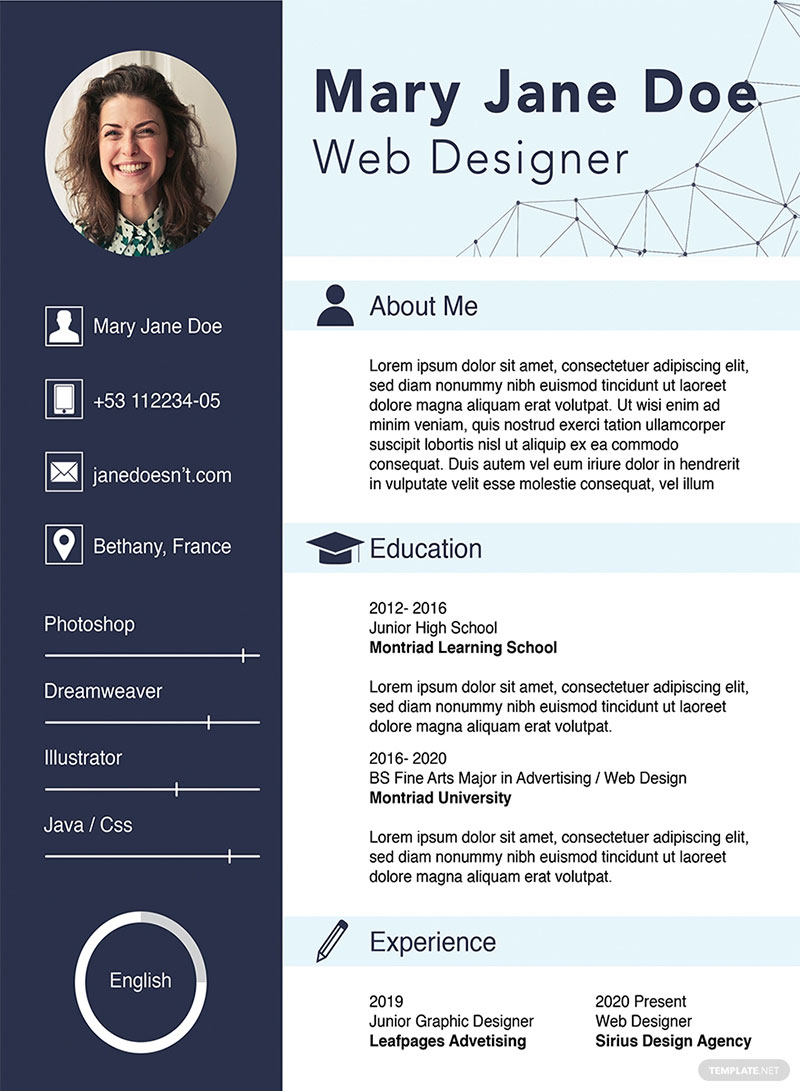
We've known a lot of individuals who begin a web design portfolio and never launch it and demonstrate it to the world, for lack of a strong portfolio. This is not useful and it’s not going to get you recruited! The main point here is basically to start something in a couple of weeks — ANYTHING — even if it's not ideal.
If the work you choose to display isn’t completely “there” yet, that’s totally okay; you can fine-tune it after going live on a website as you work on it further. It is important to remember that a portfolio is never really finished. You will always discover ways throughout your career to continue iterating on it.
To begin, focus on getting the basics of your portfolio filled out:
- Bio / About
- Education / Certifications
- Contact info
- Career highlights (if any)
Compile and put these 4 parts together and you’ll already have a nice working page for yourself! Now you can move on to the important part of collecting and creating your own projects to showcase.
Personal projects on the web
The projects you choose to work on and showcase can be anything. You can create your cat's own purr-sonal blog or design a site for your mother’s art. Personal projects show what you are capable of in technical and aesthetic terms, so the subject matter isn’t important.
You might not have a good collection of past works/projects yet especially if you're just starting as a website designer. Your portfolio doesn’t need to have fully completed projects, though — design concept pieces and mock-ups work perfectly well too.
You are also encouraged to attempt to build niche websites based on subjects you show interest in. An example is you're a quinoa fan so you design a website that shows all your best quinoa recipes.
Make sure that everything you add in the portfolio is creative. Try to add your highest quality jobs first, even if you intended them as hobby projects or experimentation.
Create imaginary clients to design web pages for
Here’s a cool way to produce a portfolio piece out of thin air: come up with an imaginary client that wants to hire you for some project. Put yourself in the shoes of your client and prepare a project brief. Then, get to work and complete the project that the client (i.e. you) assigned.
It is important you make it clear to your potential customers that these are demo samples rather than live models. But beyond that, this makes for an amazing process that will allow you to show off your skills in a fictitious, yet semi-real world, scenario.
Aim high when you come up with a project for yourself, but don’t over-extend yourself. You can pretend that you were hired to work on only one section of a larger project, or you can come up with a small, self-contained one.
Redesign a pre-existing website
Another excellent way to produce a portfolio piece is to take and redesign a famous website. It's something you might need to do when you have a job anyway, so you might as well show that you can pull it off, even if it’s ‘just for fun’.
We once interviewed a developer who was self-educated and learned how to code during the summertime. He redesigned the New York Times website and put it in his portfolio. It was incredible.
He went through every intricate detail including how the display looked on mobile devices and tablets, what the experience of the app was like, and how his solution worked. It also had remarks and threading, as well as much more. This was his portfolio's only project.
This can show both your variety as a good website designer and your capacity to alter a current concept with the purpose of enhancing it. There are also loads of distinct alternatives for your redesign that you can select from.
Build websites for family and friends
If you want to know the intricacies of building a web design portfolio that competes with the very best out there, family and friends can be a great place to start.
It’s understandable if you do not feel qualified to charge people for your services yet. You believe you need more knowledge — so now you're going to obtain it by constructing free websites for family and friends.
Do you know someone who has a business in your friends or family circle?
You can ask if it will interest them in you either construct a brand new website for them or redesign their old one. Remember to stress that it’s free of charge and there’s no need to take the design if they don’t like it.
If they do, indeed, like it, then great! Now you’ve got a portfolio piece that isn’t just a demo. Bonus points! And if they don’t? You can still use it in your portfolio as a demo. That works too.
Having established a prior relationship, selling them on this job will be easier. This is even though you don't have a portfolio technically.
Connect with local businesses
People tend to just want to work directly with people they like, so try to build a friendly relationship with local business owners.
Maybe there's a local restaurant you often go to that has a crummy website — get in touch with the owner and let them know you know how to build websites.
Working with smaller businesses is the easiest way to get your foot in the door and build a strong customer base. Non-profits and small local organizations are also great places to ask. When learning how to create a web design portfolio with no job experience, this is a classic path that many new designers take.
Take a stab at redesigning the site of your favorite local business as preparation for doing it for real. See if you can give it a modern feeling — free from Flash intros and Comic Sans font — while remaining true to the identity of the business. Use this redesign as an example of what you can do.
Links to your public profiles
Providing links to your social media profiles is a great way to begin building confidence with customers. Your social media activity can be a big convincer, especially if it shows your passion for what you do.
With those links in place, there will be a quick and easy way to dig into more of your online presence. This will be beneficial for people interested in finding out more about you on a more personal level.
Most clients will want to check you out online elsewhere if they're impressed with your site. Make finding you across social media platforms easy for them.
On platforms such as Facebook, Twitter, and Pinterest, link directly to your profiles. Having a LinkedIn profile is also a good idea, but it’s understandable if you don’t think you have enough experience to justify creating one yet. Other platforms like Dribbble and Behance can help too.
Final thoughts on how to create a web design portfolio with no job experience
While building a web design business is much easier with a portfolio already in place, we must all start somewhere. Fortunately, coming up with portfolio pieces, even without actual job experience, is not too difficult with some imagination and creativity.
We suggest building your first website using WordPress if you're thinking about getting into web design. WordPress is one of the best content management systems around. It is also extremely easy to pick up and start creating amazing websites, especially when you use a WordPress website builder like Visual Composer.
With drag-and-drop and tons of time-saving features, Visual Composer allows you to design beautiful WordPress sites in a fraction of the time it would take normally. Consider it your secret weapon when learning how to create a web design portfolio with no job experience.
If you enjoyed reading this article about how to create a web design portfolio with no job experience, you should read these as well:
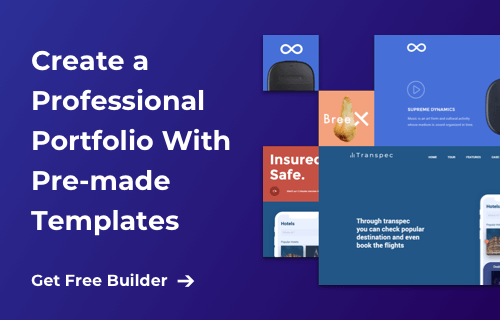
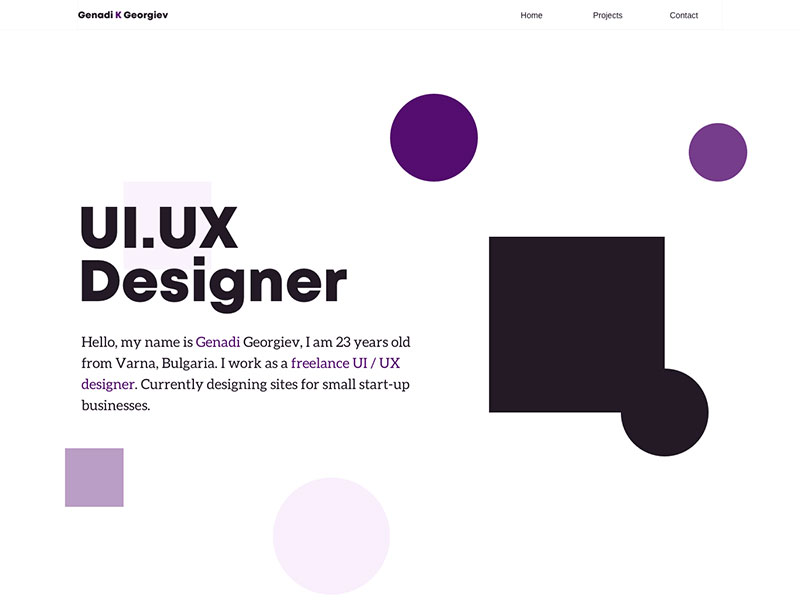
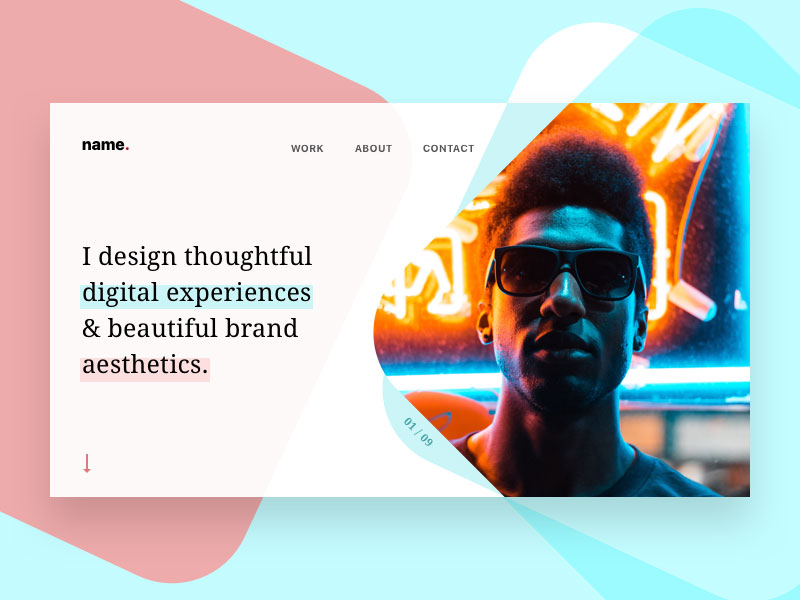
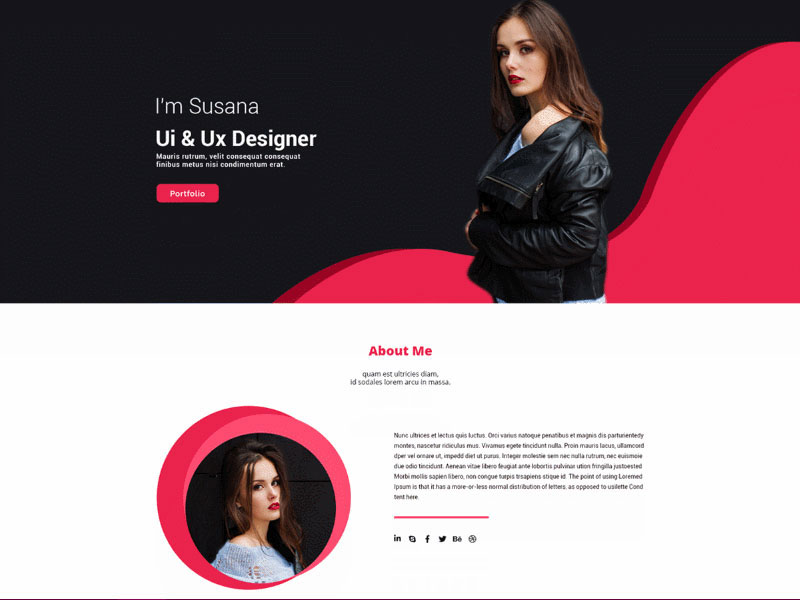
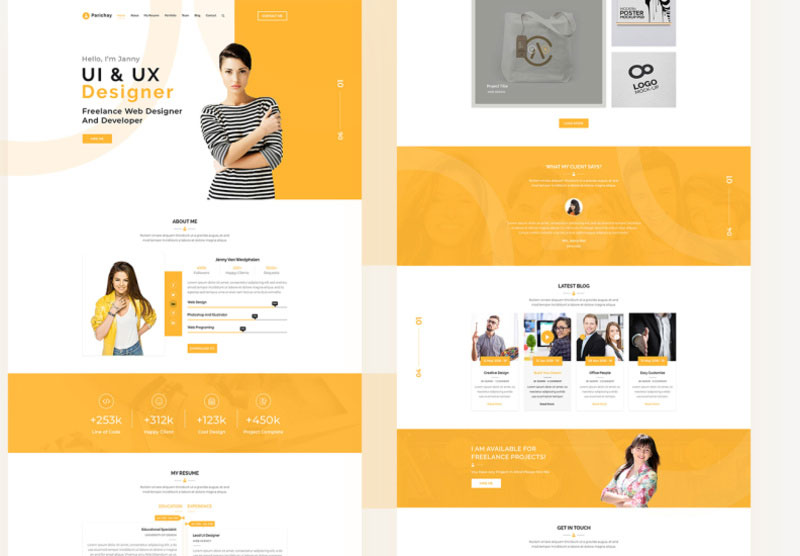
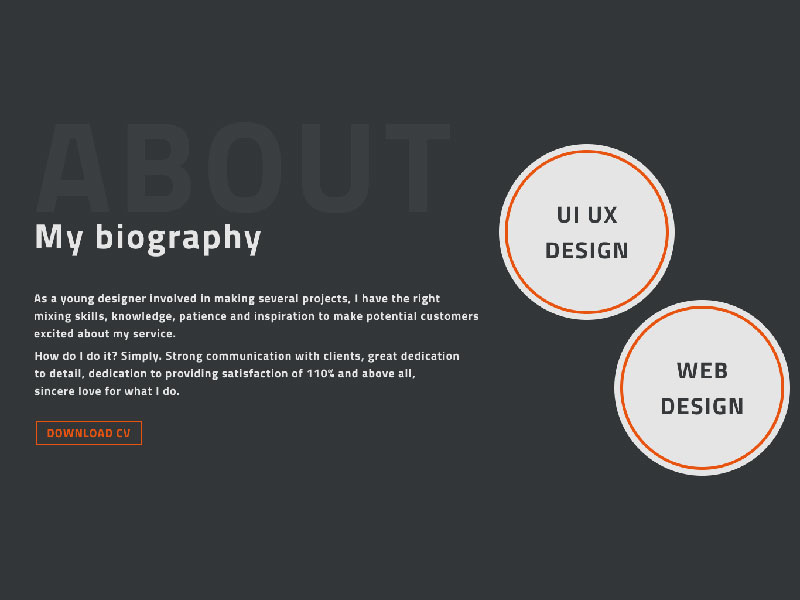
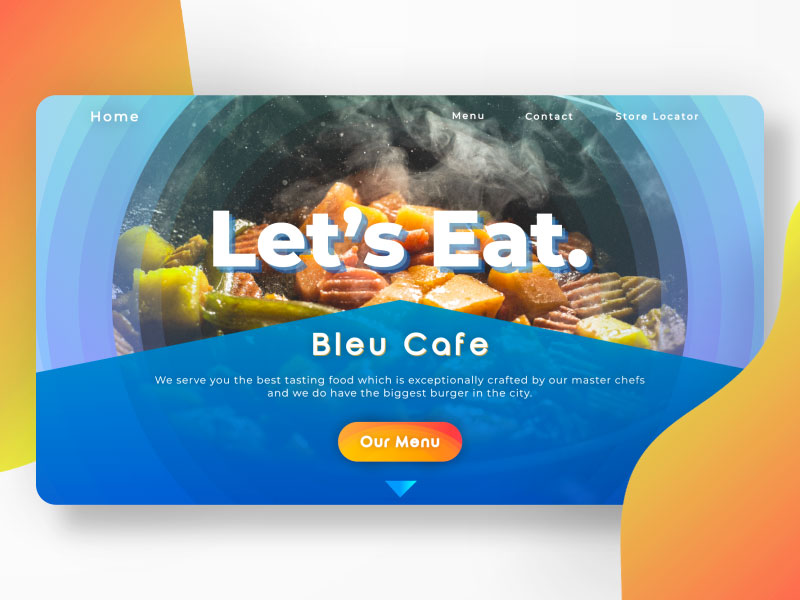



WordPress is one of the best content management systems around. It is also extremely easy to pick up and start creating amazing websites, especially when you use a WordPress website builder like Visual Composer.
Thanks for the thumbs up! Indeed, Visual Composer + WordPress is an extremely powerful combo.
Hello, you have a great finesse in writing the blogs. Keep writing more on these lines, enjoy reading this. great insights. Thanks!
Thank you so much for sharing a great article. Keep up the great work!
How to demo my project online so that the client can see it and experience it?
Hey Diamond, if you talk about a portfolio – create a site, post your works on Behance and Dribbble with a link to your page. Get involved in web design discussions on Reddit and Quora – answer questions to help people out so you can build your own brand.
Suitable for Investment Company HYIP Investment Website hyip templates Templates Professional modern and contemporary design